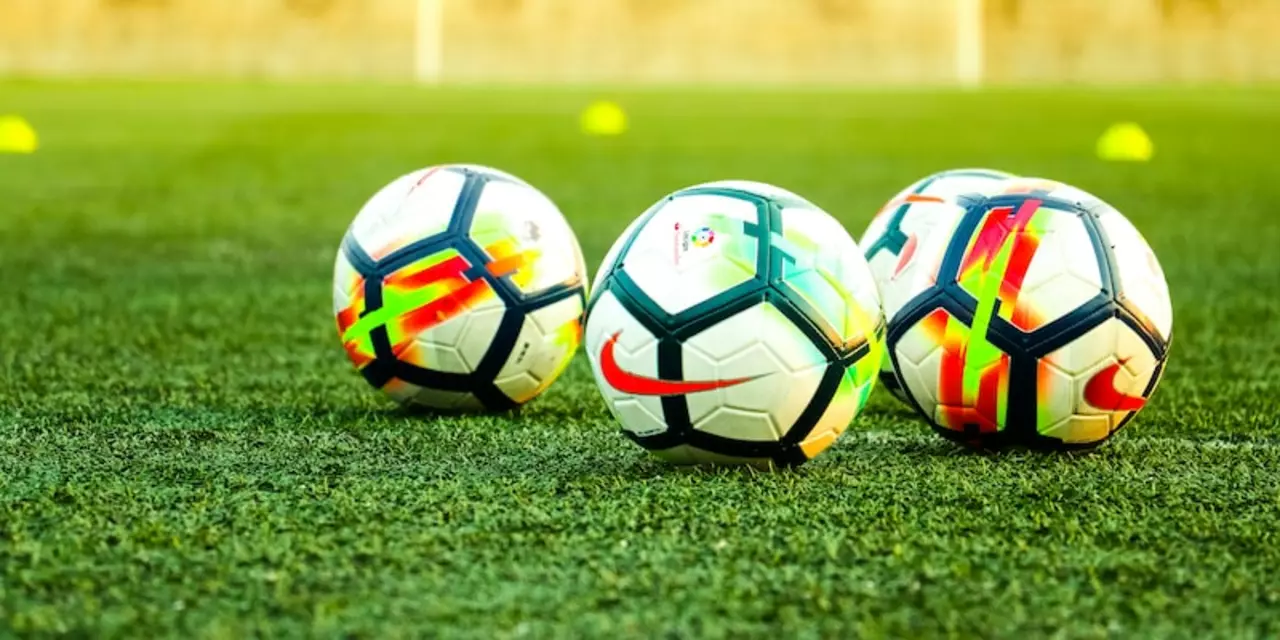
What is the most dangerous position in soccer?
- Feb, 27 2023
- 0 Comments
Soccer is one of the most popular sports in the world and it is also one of the most dangerous. The goalkeeper is considered to be the most dangerous position in soccer because they are constantly exposed to physical contact with opponents and have to make difficult saves in order to protect their goal. The center backs also have to face dangerous situations when they are marking the opponents and have to make tough tackles to prevent goals from being scored. The strikers are also vulnerable as they usually have to take on multiple defenders in order to score. Finally, the midfielders have to cover a lot of ground and are exposed to potential injuries from opponents' tackles. In conclusion, all positions in soccer can be dangerous, but the goalkeeper, center backs, strikers and midfielders are considered to be the most dangerous.
Read More
How many people play on professional soccer teams?
- Feb, 10 2023
- 0 Comments
Professional soccer teams can have anywhere from 18 to 25 players, depending on the team. The majority of these players have professional contracts, which enable them to play for the team. Each team also has a reserve team, made up of youth players and senior players, who do not have a professional contract. Additionally, teams may have a handful of other players who are on loan from other teams. Ultimately, the size of a team is determined by the team's resources, budget and philosophy.
Read More
How do you break in a pair of soccer cleats?
- Feb, 7 2023
- 0 Comments
When breaking in a pair of soccer cleats, it is important to do so slowly and carefully. The process should start by wearing them around the house with thick socks to allow them to mold to the shape of the feet. After a few days, the cleats should be worn during practice and gradually increased in length, while taking care to not damage the cleats. Other important tips include spraying the cleats with a waterproofing product to help protect them from the elements, and regularly rotating the cleats to ensure even wear and tear. Following these steps will ensure a comfortable fit and prolong the life of the cleats.
Read More